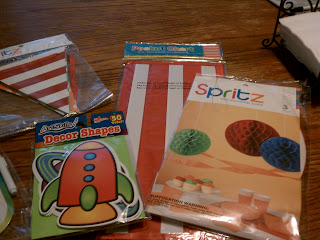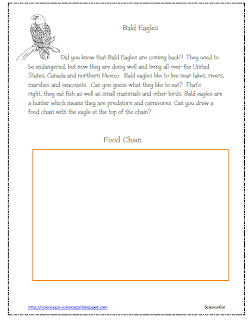Looking for a way to kick off the year and teach students how to use observational skills along with concepts such as variables and inquiry projects?
Several years ago, my colleague and I created a unit that was based on the great Steve Spangler's You Tube videos involving diet coke and mentos.
Click here to see more about this great investigation! Enjoy!
Several years ago, my colleague and I created a unit that was based on the great Steve Spangler's You Tube videos involving diet coke and mentos.
I mean...what great fun!
My son and I first tried it several years ago in the back yard, then we did it for a birthday party for 7 year olds, and then I decided...I gotta do this in the classroom.
So, we decided to tie it into a unit on introducing scientific investigations. Many teachers like to do this at the beginning of the year as a way to introduce science vocabulary words and observation techniques.
My students loved it! Check out my blogs about the experience from last year by looking at the side posting labels. You can see what it looked like in action. It is such a big hit it is now my student's #1 favorite activity (three years in a row!) as well as my #1 seller on TPT.
Click here to see more about this great investigation! Enjoy!

















